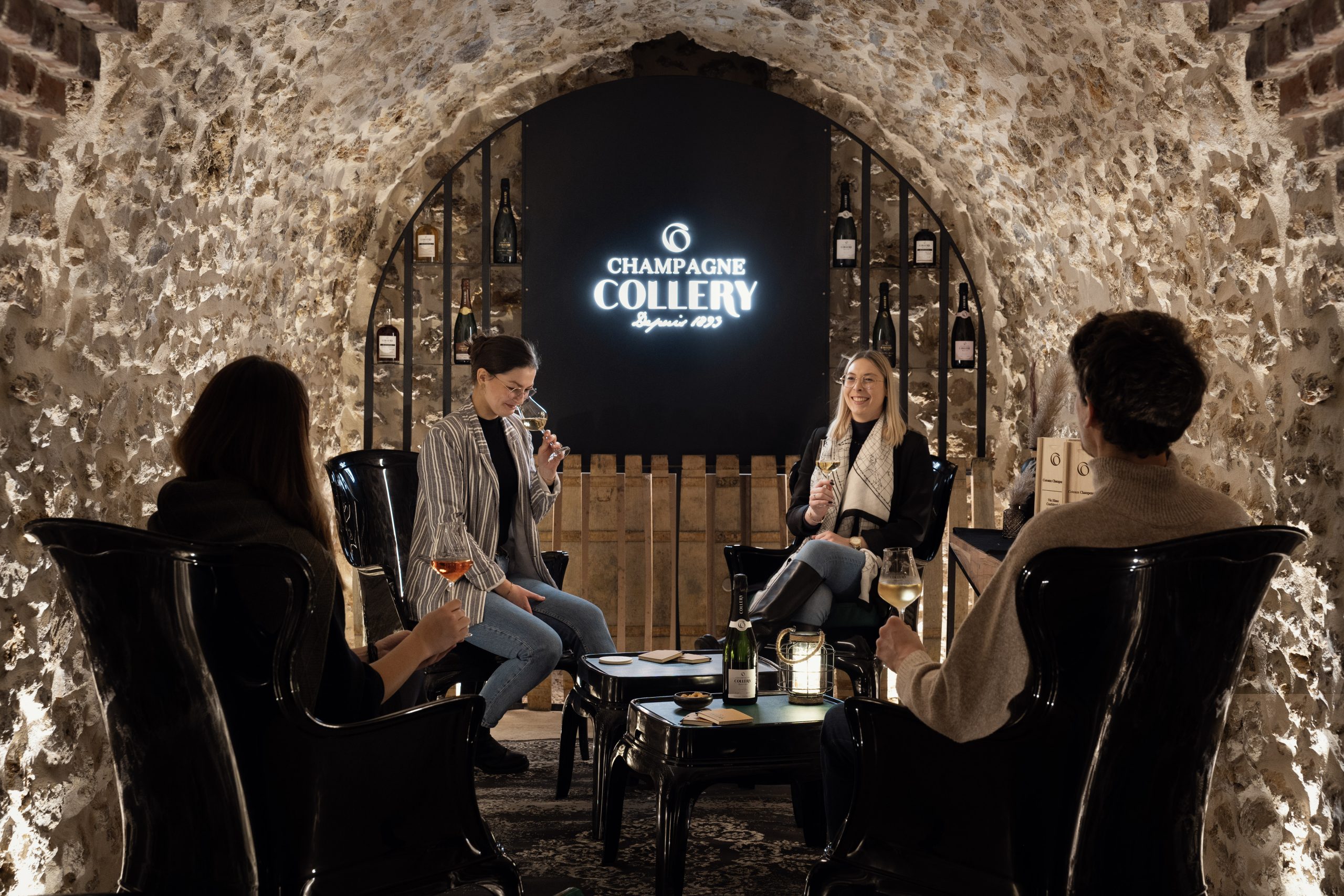This website uses cookies so that we can provide you with the best user experience possible. Cookie information is stored in your browser and performs functions such as recognising you when you return to our website and helping our team to understand which sections of the website you find most interesting and useful.
Dosage should be discussed openly, says Champagne Collery
Champagne Collery emphasises dosage as a stylistic choice, opting for a “seasoning”-inspired process rather than an invisible dosage.

Even in the wine trade, dosage can be a difficult subject. Historically, Champagnes had been packed with sugar. A century ago, 100 grams of residual sugar per litre was not uncommon, counterbalancing any greenness from the cool region and meeting tastes in the US and Russia. However, the pendulum has recently swung back. Dryness is the new trend, with most cuvées sitting below 10g/l. As consumers also turn towards authenticity, low intervention and health-conscious drinking, discussing sugar additions can be tricky territory.
Champagne Collery, however, is reclaiming the narrative. Indeed, the grand cru specialist from Aÿ is making the case that dosage is not Champagne’s dirty secret, but rather a vital tool in crafting fine wines. It forms a key part of the house’s process and, the winemaking team believes, deserves open discussion.
“Dosage taste is not about how sweet it feels, but what range of aromas is put forward depending on the sugar level,” explains Romain Levecque, director of Champagne Collery. Rather than masking any flavours in the Champagne, he likens the process to “seasoning”. Although many producers aspire to an invisible dosage, at Collery it is employed to emphasise the style and add nuance.
The liqueur de dosage is therefore crafted with more than just sweetness in mind. The sugar itself is rectified, concentrated grape must, naturally complementing the final cuvée. It is blended with wine aged in ex-Sauternes barrels from Collery’s perpetual reserve, adding spicy complexity to the liqueur. Instead of being neutral in flavour, the blend highlights the wine’s unique character.
The core wine, however, determines the dosage. Rather than dogmatically determining a level for every vintage, the winemakers seek out the perfect balance for each cuvée. For Julien Lefevre, the maison’s cellar master, “the appropriate dosage is the one you are incapable of identifying because the wine prevails”. It is a delicate balance to achieve, and one that requires a thorough tasting.
That tasting is perhaps Collery’s strongest evidence of the importance of dosage. In deciding the final blend of both the Collery NV Brut Grand Cru and NV Extra Brut Grand Cru, the winemakers create a line-up of nine wines. Each has a different dosage, created with the maison’s liqueurs, ranging from 1g/l to 9g/l. The differences are minute, but produce an impressive range of styles. The best expression wins, and dictates that year’s dosage level.
Most remarkably, the brut and extra brut wines are otherwise identical. They comprise the same blend, aged identically, retailing for the same price. The only difference is the amount and composition of the liqueur de dosage (for the extra brut, the liqueur contains more reserve wines and less grape must). Yet the subtleties of dosage are enough to create two distinct cuvées.
This was evident in the tasting notes from db’s Champagne Masters 2024. The brut was praised for its notes of yellow plum, peach, pear and strawberry, while the extra brut won acclaim for juicy lemon, ripe apple and notes of bitter zest. The nuances of dosage may sometimes be kept quiet by Champagne producers, but the two wines demonstrate its importance in crafting fine Champagne.
Related news
Glenfiddich becomes official partner of Aston Martin F1 team
Spain 'needs to learn how to market our fine wines', producer claims
Bourgogne wine see global growth despite difficult market conditions

